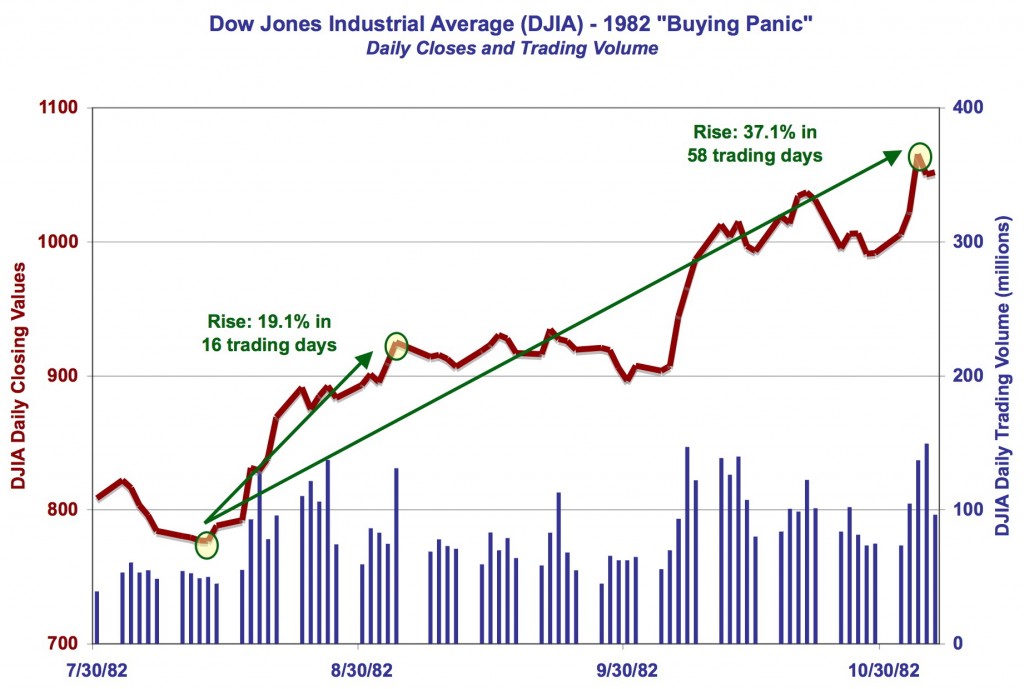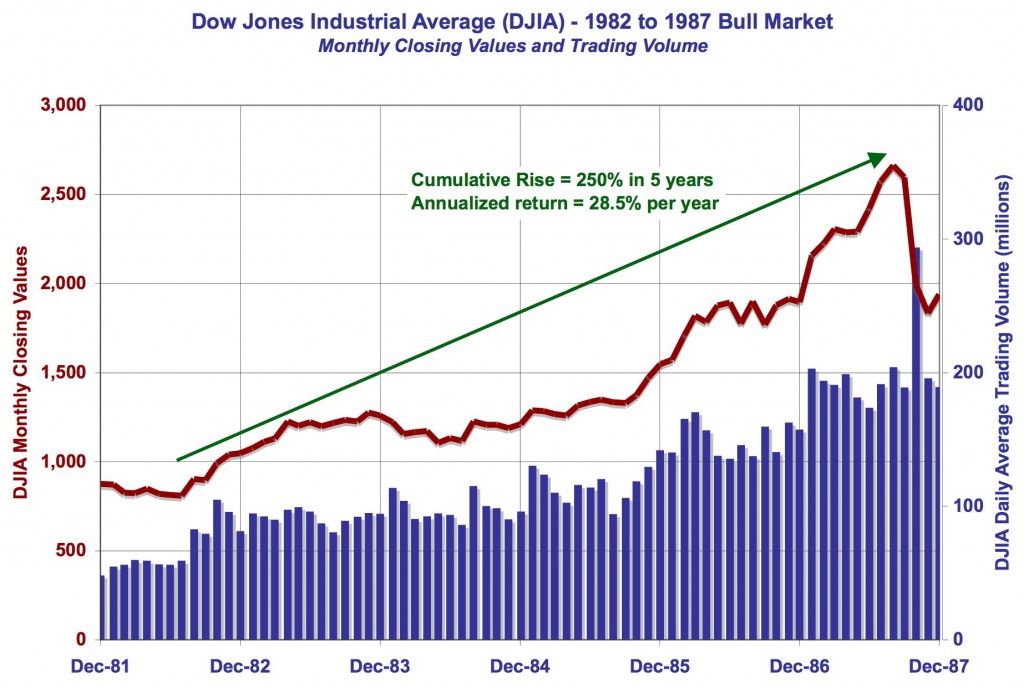Long Ignored, “Upside Risk” Returns – Is “Buyers’ Panic” Next?
Early Release of Monday, March 8, Write-up
 This week’s news reports have been filled with better-than-expected news about the economy, industries and companies. Importantly, this good news has made its way beyond the “leading” indicators to the “coincident” ones, confirming the economy’s recuperation is on track.
This week’s news reports have been filled with better-than-expected news about the economy, industries and companies. Importantly, this good news has made its way beyond the “leading” indicators to the “coincident” ones, confirming the economy’s recuperation is on track.
The risks we are used to hearing about – e.g., depression and deflation – are about to fade away. This change exposes two very powerful drivers: upside risk and panic buying. These forces can create an atypical bull market. Rather than the usual pattern of three steps forward and one step back, the picture is like a rocket launch: vertical.
Let’s start with the definitions of each driver:
Upside Risk: “The extent to which the value of a security or other investment may increase beyond forecast levels.” (Financial Times; Online Lexicon)
Panic Buying: “A flurry of security purchases accompanied by high volume and sharp price increases. During a period of panic buying, buyers do not have time to evaluate fundamental or technical factors because their primary goal is to acquire securities before the prices rise even more.” (Wall Street Words: An A to Z Guide to Investment Terms for Today’s Investor by David L. Scott. Copyright © 2003 by Houghton Mifflin Company.)
In “Fed’s Discount Rate Announces, ‘Investors, Time To Get Aboard!‘” I used 1982 as a comparable period to think about. At the time, institutions and individuals were significantly out of the US stock market – just like today. Then, the positive signs came together, overriding the negative risks, making the US stock market’s values stand out. Institutions jumped in and, with their large orders, caused the initial spike. Individuals followed, and the stock market continued up, setting gain and volume records. Here is the result:
Note that the market had only the smallest of pullbacks during the buying panic period. Any drop was met with new buying volume. This is the picture of investors rebuilding their normal positions.
What followed was a growth period as the economy built off of its new foundation. Company’s benefited, creating a five-year bull market.
Note: I am not forecasting or even implying that we could be headed for such a wonderful five-year period. The point of this graph is to show the “upside risk” of holding an underweighted position in US stocks.
So, what should our strategy be now?
I had mentioned in earlier postings that mid-quarter/mid-month periods often had stock price pullbacks, providing attractive buying opportunities. We got it in February, but now I am unsure about March. There are so many good news items coming out that a March pullback in the next two weeks might not happen. Of course, there is always “hope” that some indicator will turn in a worse-than-expected showing, but the odds are falling. In fact, there are two possible positive surprises lurking just ahead:
- The March 16 meeting by the Federal Reserve Open Market Committee (FOMC). They already raised the discount rate. and the economy (including employment) is improving, so the end of the “extended period” of exceptionally low short-term rates is closing in. Maybe no action at the next meeting, but remarks preparing us for the eventuality could occur.
- The first quarter earnings report period is coming, and already the conservative assumptions underlying 2010 earnings are being adjusted upwards. The earnings reports, if better-than-expected, could be just the reality to drive those adjustments even higher.
So, as I have written in past articles, I believe (strongly) this is the time to own US stocks. Given the latest batch of news, a steady rise could be closer (and faster) than many expect.






